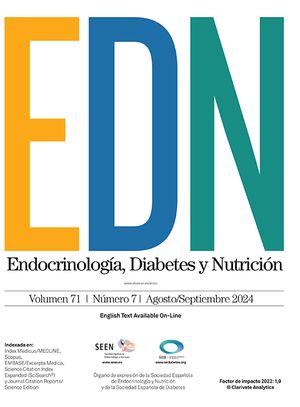La introducción de los análogos rápidos de insulina en los últimos 15 años, entre ellos la insulina aspart, ha supuesto un cambio importante en las pautas de administración de insulina con generalización de la pauta de inyección múltiple. Las características farmacocinéticas de la insulina aspart (con acción mucho más corta y pico de acción más elevado que la regular) la hace especialmente adecuada para mejorar las glucemias postprandiales, con un número menor de hipoglucemias nocturnas. La tolerancia y seguridad es buena, y la presencia de lipodistrofia rara, necesitando una vigilancia clínica. En niños pequeños, con régimen de vida irregular, su administración postprandial se ha mostrado efectiva y una buena alternativa en estos casos.
The introduction of insulin analogues 15 years ago, including insulin aspart, has represented a major change in insulin administration and has allowed intensive insulin therapy to become the treatment of choice. The pharmacokinetic properties of insulin aspart (rapid onset and shorter duration than regular insulin) improve postprandial glycemic control and reduce nocturnal hypoglycemic episodes. The tolerability and safety of insulin aspart are good and lipoatrophy is uncommon, requiring clinical monitoring. In infants and toddlers, who have unpredictable habits, postprandial administration of insulin aspart has shown effective results.




